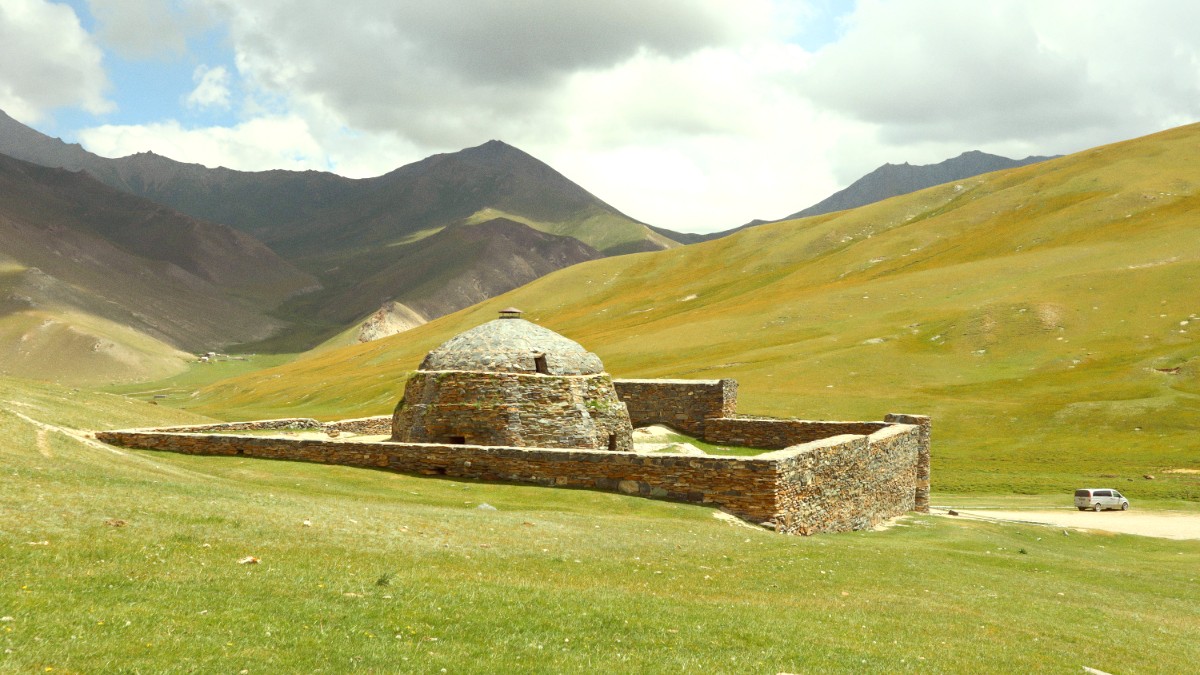
Central Asia
Public transit offers an affordable way to explore. Metro systems in Tashkent and Almaty are clean, efficient, and often ornate, considered attractions themselves.
Buses and trolleybuses have extensive networks in most cities. Marshrutkas (shared minibuses) are ubiquitous, operating on fixed routes but stopping anywhere. Trams have limited presence, with Tashkent's network largely dismantled.
Fares are very low, typically ranging from $0.15 to $0.50 per ride. Cash payment directly to the driver is common for marshrutkas and buses. Metro systems use tokens or rechargeable smart cards. Purchase these at metro station entrances.
Maps are often in Cyrillic, which presents a language barrier. Google Maps is increasingly accurate for public transport routes in major cities. Major bus stations (Avtovokzal) and train stations serve as main hubs. Have small denominations of local currency ready for fares.
Public transport in Central Asia is generally not wheelchair accessible. Infrastructure for travelers with mobility needs is poor, with stairs common in metro stations and high steps on buses/marshrutkas.
Official taxis are typically yellow or have a taxi sign on the roof. Agree on a price before starting the journey, as meters are rare or unused.
Locals driving their own cars for hire are very common. Flag them down anywhere and negotiate the price before getting in.
Yandex Go (dominant in Kazakhstan, Kyrgyzstan, Tashkent) and inDrive (popular in Uzbekistan, Kazakhstan, Kyrgyzstan) provide fixed fares and driver tracking.
Use official taxis or ride-sharing apps for better accountability. Confirm the destination and fare beforehand. Avoid overly persistent drivers.
Rental vehicles are less common for tourists but are available in some major cities, offering independent exploration.
Limited. These are mostly offered by private tour operators for specific routes or day trips. Hop-on-hop-off sightseeing buses are not common in Central Asian cities.
Cable cars, funiculars: Available in mountainous areas or cities with hills. Cable cars in Almaty (to Kok Tobe hill) and Tashkent (to the mountains) offer scenic views and access to attractions.
Generally, infrastructure is poor for travelers with mobility challenges. Public transport, pavements, and many historical sites lack ramps, lifts, or accessible facilities. Planning with a specialized tour operator may be needed.
Intercity travel can be a significant part of your Central Asia experience, with various options available.
Uzbekistan offers modern, efficient "Afrosiyob" high-speed trains connecting Tashkent, Samarkand, and Bukhara. These trains are comfortable, fast, and a popular choice.
Slower, older trains connect to other cities within Uzbekistan.
Kazakhstan has an extensive rail network, including overnight sleepers. Connections are available to Russia, China, and Uzbekistan. Trains are comfortable for long distances, offering a different travel experience.
Tickets are available online and at stations.
These countries have limited rail infrastructure, mainly for cargo. Some passenger routes exist, but they are not a main mode of intercity tourist travel due to limited coverage.
Focus on buses or shared taxis.
Embrace the local transport options for cultural immersion and cost savings, and consider ride-sharing apps for ease and price transparency in cities.
For independent exploration, familiarize yourself with road conditions and traffic laws. With a mix of planning and adaptability, you move through this diverse region with confidence.